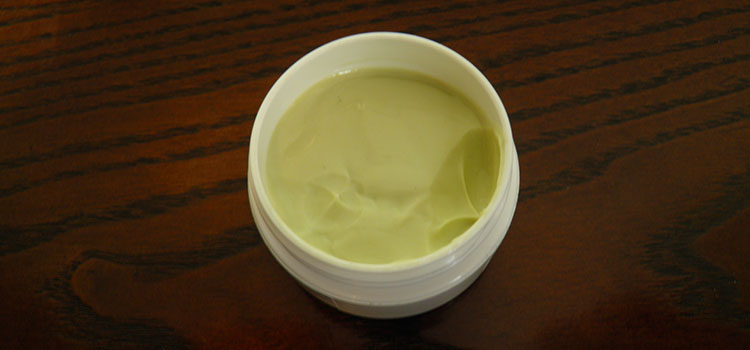High-CBD cannabis product sales in Washington State have increased by 200 percent, according to a report by canna-business intelligence firm Headset. The analysis of 40,000 individual customers was conducted with information directly from integrated retail point-of-sale systems from Sept. 2015 through Sept. 2016.
According to the report, CBD products accounted for 2.8 percent of total sales, 2.4 percent of total units sold, and about $5.7 million of the state’s legal cannabis market. Topicals, capsules, beverages, tinctures and sublinguals, represent the lion’s share of the CBD market; with flower and pre-rolls comprising about 1 percent of high-CBD sales. Around 40 percent of topical sales are high-CBD, along with about 35 percent of both capsule and tincture sales, and roughly 20 percent of beverage sales.
Customers who buy CBD products more often buy in bulk, the report says, finding that 59 percent of CBD flower purchases are of 5 grams or more, compared to just 13 percent of low-CBD flower purchases. High-CBD products were also found to be more popular among non-traditional cannabis users, such as the older population and women.
“The percentage of overall sales going to high-CBD products increases steadily from a little over 2 percent in the 21-25 age group to over 5 percent in the 51-plus age group,” the report states.
And while just 5 percent of customers from June to September purchased a CBD product, those customers shopped slightly more often and purchased more items, on average, than customers who did not buy any CBD products. Most customers (85.5 percent) who purchased high-CBD products also purchased a non-CBD product.
The authors anticipate that as customers become more educated about CBD the market share could expand due to increased interest by traditional consumers who are seeking to “enjoy the physical benefits of a traditional indica strain without getting ‘high.’”
“Either way, expect to see CBD become more and more a part of the cannabis conversation, as its therapeutic properties convert more and more users,” the authors conclude.
